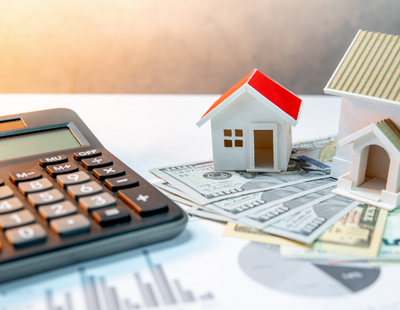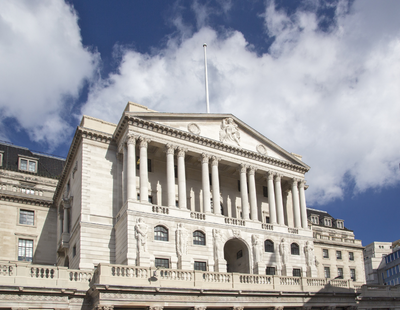
Monthly mortgage payments as a proportion of income have dropped to 31 per cent now from 43 per cent a decade ago.
Mortgage broker Private Finance says current proportional payments, at 31 per cent of income, are almost the same as 20 years ago and this is despite a 225 per cent rise in house prices over that period.
In terms of actual payments, the broker claims an average borrower is now saving £104 a month compared to 2008, with monthly repayments down from £804 to £700, a decrease of 13 per cent. This is despite the average house price growing by £51,660 over the same period.
House prices now represent 8.5 times annual income, compared to 4.7 times 20 years ago.
As a result, the typical mortgage loan – based on a 75 per cent loan-to-value mortgage – has more than tripled from £52,735 to £171,384.
However, Private Finance’s analysis shows once buyers have made the upfront purchase for their home, the ongoing cost of ownership is broadly in line with levels seen in 1998. This is largely attributed to falling interest rates over the period.
Bank of England data reveals that in 1998, the average two-year fixed rate at 75 per cent LTV was 7.01 per cent, compared to just 1.68 per cent in 2018.
Wage growth also has a role to play; while monthly mortgage repayments have increased by 88 per cent from £373 in 1998 to £700 in 2018 – this increase has been offset by the rise in average earnings.
Over the same period, average monthly earnings have increased by 78 per cent from £1,261 to £2,249.
“News of the UK property market’s affordability crisis is never far from the headlines. What we often fail to acknowledge, however, is that thanks to falling rates, those with a mortgage today are in a similar – if not better – position than their predecessors, who owned property at a time when housing was considered vastly less expensive” explains Shaun Church, director at Private Finance.
“With the value of property skyrocketing over the past 20 years, it’s undeniable that first time buyers today face a far greater challenge stepping onto the housing ladder. However, once buyers have raised their deposit, the ongoing cost of owning a home is less of a financial strain than that faced by buyers a decade earlier, and broadly in line with affordability levels seen 20 years ago when property values were much lower.
“Homeownership can be attainable. Those in a position to buy should shop around for the best rates on the market, to ensure they capitalise on the incredibly competitive rates currently on offer. Borrowers should also consider locking into these with a longer fixed term, to cushion themselves against any further rate rises and keep the monthly cost of ownership low for as long as possible.”













.png)


.png)




Join the conversation
Be the first to comment (please use the comment box below)
Please login to comment